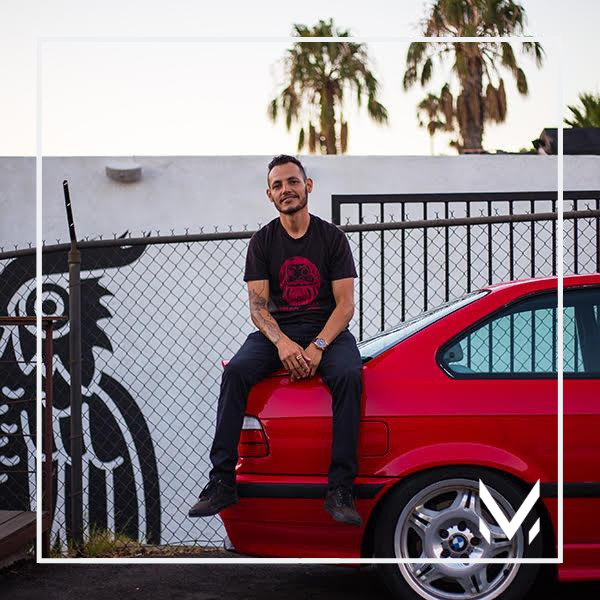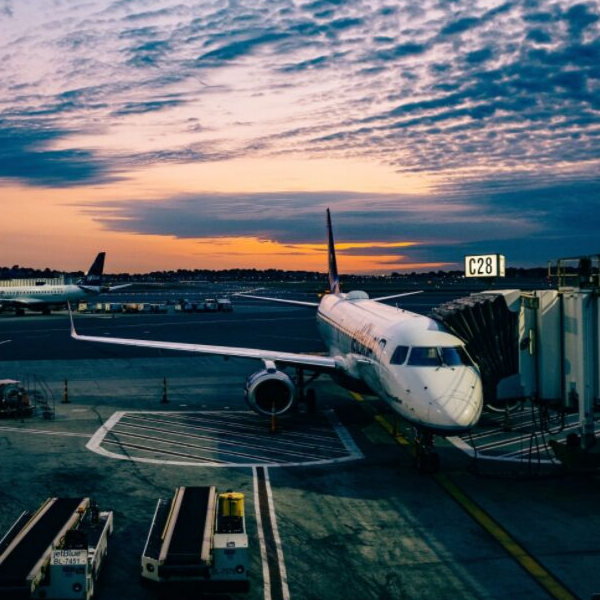Featured Mavryk: Brad Penley

Featured Mavryk: Brad Penley
We had the honor of sitting down with Lieutenant Commander: Brad Penley. With multiple deployments overseas, he set out to do his part in fighting the Global War on Terror through his service in the Explosive Ordnance Disposal Unit. He leads by example by being the best version of himself, and never fails to be the leader that his team not only needs, but also deserves. He has gone above and beyond the call of duty to display excellence, integrity, and fearlessness to be chosen as our featured Mavryk. He is a decorated hero and a major badass in our eyes.
1. What is your title in the Navy and current responsibility?
Lieutenant Commander (LCDR) Brad Penley - Operations Officer, Explosive Ordnance Disposal (EOD) Mobile Unit ONE
Responsible for operational deployable EOD Battalion of over 200 personnel, providing Command and Control of EOD forces, Mobile Diving and Salvage forces, and unmanned underwater systems in support of Navy, Interagency and Coalition Commanders across the full range of military operations. Directly in charge of 12 Platoons that operate worldwide.
Selected to be the Executive Officer for Naval Diving and Salvage Training Center (Navy Dive School) teaching combat diving to members from all four services as well as Navy Salvage Divers.

2. Tell us about where you started out in the past, ranks etc, what drew you to your specific department?
Originally from Hickory, NC, I started my career as a Midshipman at the United States Naval Academy in Annapolis, MD, wanting to do my part after the September 11, 2001 attacks.
During my time at the Naval Academy the US was heavily engaged in two vicious land wars in Iraq and Afghanistan, with the vast majority of US and Civilian casualties belonging to improvised explosive devices (IED).
Explosive Ordnance Disposal, EOD, the units responsible for rendering safe, or neutralizing IEDs, was seen as the toughest and most dangerous job at the time, with hundreds of applicants at the Academy and only 14 positions available. Through a rigorous selection process, I was chosen among the 14.
As a newly commissioned Ensign, I went to Navy Dive School, Explosive Ordnance Disposal School, Army Jump School, Advanced Tactics Schools, and then was assigned to EOD Mobile Unit THREE where I conducted two combat deployments to Afghanistan. The second deployment to Afghanistan I was the Platoon Commander being shadowed for the TV series Bomb Patrol Afghanistan.
From there I went to EOD Mobile Unit TWELVE where I was the Platoon Commander for an underwater Mine Countermeasures Platoon responsible for clearing underwater explosives in the Persian Gulf. I then attended the Naval Post Graduate School in Monterey, CA where I earned a Master's Degree in Special Operations, and Financial Management. I was then assigned as the Special Operations Liaison for Carrier Strike Group NINE and completed a deployment around South America conducting special operations from the nuclear aircraft carrier USS GEORGE WASHINGTON. My current position is as the Operations Officer at EOD Mobile Unit ONE.
I joined the EOD because I felt like I could make an immediate and lasting impact in the Global War on Terrorism and because I would be working with the highest caliber people in all of the armed forces.
3. Could you tell us a little about your experience on Bomb Patrol Afghanistan and the team you were on?
I was the Platoon Commander for seven EOD personnel and six civilian camera crew. I was directly responsible for the safety and care of all the members, as well as ensuring that I completed my mission: enabling freedom of movement for Coalition Forces in Northern Afghanistan. The Platoon conducted over 250 missions clearing hundreds of enemy IEDs and explosive remnants of war and struck a major blow in the production and emplacement of enemy IEDs in the region. All EOD personnel and civilian film crew returned home safely from the deployment, one of the biggest achievements of my life.

4. What is the most terrifying thing you have experienced in your journey?
I was never terrified. I've been surrounded by the best men and women imaginable, all with the highest caliber of training and experience money can buy.
However, the hardest thing I have had to endure is the loss of a teammate or a close friend.
The first weekend in May every year there is a celebration of life and sacrifice for EOD members and new names are added to the EOD memorial wall at EOD school in Eglin, FL. I know too many names on that wall.
5. You have such a decorated history of experiences under your belt, how has this shaped your perspective on life?
I can't rest on any past laurels. Every day, the men and women under my charge expect me to operate at my best, to make fair, sound, and decisive decisions that may be the difference between life and death, success or failure. I constantly have to be the best version of myself so I can give my Sailors what they deserve.

6. In all of your time in a tactical field, what are a couple pieces of gear / accessories you can't live without, or take with you wherever you go?
The best piece of gear that an EOD technician carries is his multitool. You use it for everything from cutting wires on explosives (yes, like seen in the movies), for poking holes in C-4 to place your blasting cap, for probing the ground to look for landmines, for opening your food. Other than that, it is the MacGyver-style through process that is unique to EOD- "how can't I use what is around me to solve problems."
7. If you could give a general piece of life advice to the world, what would you say?
The harder you work, the luckier you get.
Also in The Journal

Finance Tips: The Essential Guide to Managing Your Money

Featured Mavryk: Ian Gutierrez



